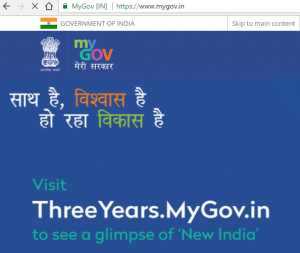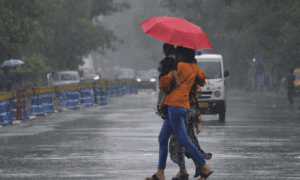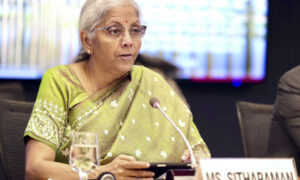
In India, political leadership, public servants, and experts are busy in listing the benefits of the Goods Service Tax (GST). It seems that India is likely to implement the GST from 1st of July. After more than one decade of deliberations and negotiation, India will be a single market as assumed by the expert. The propagators are dominating the opponents in argument. One thing is ignored and unnoticed. Decreasing price of the food grains! In the rural areas, traders are deliberately ignoring the procurement and purchase. The food grains’ price is reduced considerably. Traders are saying that they will buy food grains after the implementation of the GST. In the spate of debates and media rants, no one articulating plight of farmers. They are grappling with the unexpectedly low price of food grains. They are surprised. The input cost has increased substantially but the prices of all prominent grains are very low in the comparison of the last year (See the Box). They disappointed because the monsoon is round the corner and the Rabi Season kicked off. Every season requires investment. Without investment, they can’t start anything. And delay will be counterproductive. The condition of tenets is extremely worrisome. They are forced to sell their grains at very low price. It is time to give payment to the actual landowners. If they are willing to harvest crops they have to pay the landlords during this time. Many households in the rural areas have vital expenses like inputs for agriculture activities, healthcare education and more.
Lamenting his precarious situation in Eastern Uttar Pradesh, a farmer narrated his story. In order to meet, the input cost for the Rabi Crop, he is forced to sell his grains at very low price. Unlike the last years, he says that the local traders are less inclined to the food grains. They are declining to buy the grains and saying that there is ambiguity about price in the backdrop of the GST implementation. They can buy the grains after its implementation. For example, that farmer said that Masur is an important crop in the Eastern Uttar Pradesh. Last year its price was around 56, 00 during this season. Now price is around 32, 00 though wage rate has increased, the price of pesticide and fertilizers have increased enormously but the grains’ price has reduced.
| S.N. | Grains | Price/Quintal in 2016 | Price/Quintal in 2017 |
| 1. | Masuri | 5500
|
3200 |
| 2. | Wheat | 1550 | 1400 |
| 3. | Grams | 7000
|
6000 |
| 4. | Green Peas | 3000 | 2000 |
As Indian Constitution underlines, agriculture is a state subject and it influences implementation of any intervention. The Union Government revises the Minimum Support Price (MSP) from time to time but it is ornamental in many states. A huge number of small and marginal farmers don’t go there to sell their crops. There is no mechanism to deal with assymitrical information reagarding the GST implementation. Policy makers assume that everyting is alright. The entire episode paints a gloomy picture of policy making and implementation. It shows a sheer lack of the state capacity.
(Picture: Screengrab of MyGov from its Official Site)


















